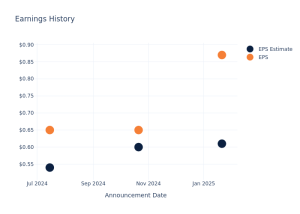-
Some investors seek safe-haven assets in troubled times such as the current tariff-induced market turmoil.
-
Gold hit record highs this year, with Bank of America maintaining its target of $3,500 an ounce.
-
US dollar weakness and turmoil in bond markets indicate some doubts over their safe-haven status.
The turmoil engulfing global stock markets in recent days has prompted some investors to seek out “safe-haven” assets that typically maintain their value during periods of market turbulence.
Here’s some of the main safe-haven assets and how “safe” they’re proving in the market turmoil.
Gold prices hit record highs above the $3,000 threshold for the first time last month as fears of an economic downturn, tariff uncertainty, and purchases by central banks drove up demand.
The metal hit almost $3,150 at the end of March but has since retreated to just above $3,000.
John Reade, senior market strategist at the World Gold Council, told Business Insider that gold’s rally this year was evidence of its enduring status as a safe-haven asset, and that the recent dips had not changed that.
Analysts at the Bank of America, led by Michael Widmer, said in a note on Sunday they maintained a price target of $3,500 for gold.
“Not all of President Trump’s economic policies are fully compatible and rising policy uncertainty has been accompanied by higher gold prices,” they said. “With the US becoming more inward-looking, there is also a risk that de-dollarization will continue, which should help the yellow metal.”
Certain currencies including the US dollar are usually considered to be safe havens in troubled times. However, some investors are seeking alternatives to the greenback after it plunged following Trump’s tariff announcements.
The dollar’s failure to strengthen means its status may be under threat, wrote Deutsche Bank’s George Saravelos in a recent note.
Factors include the US current account deficit breaching the 4% threshold in recent months and the declining correlation between the dollar and risk assets.
UBS analysts said on Tuesday the dollar index has fallen about 1% in April despite the market volatility.
“Over the medium term, we believe a more sustained period of weakness for the US dollar is likely if the Fed cuts interest rates faster than expected in response to weakness in US economic growth. In addition, we believe that the uncertainty may lead some market participants to diversify long-held and profitable dollar asset exposures.”


